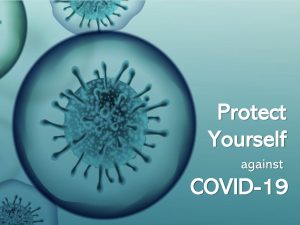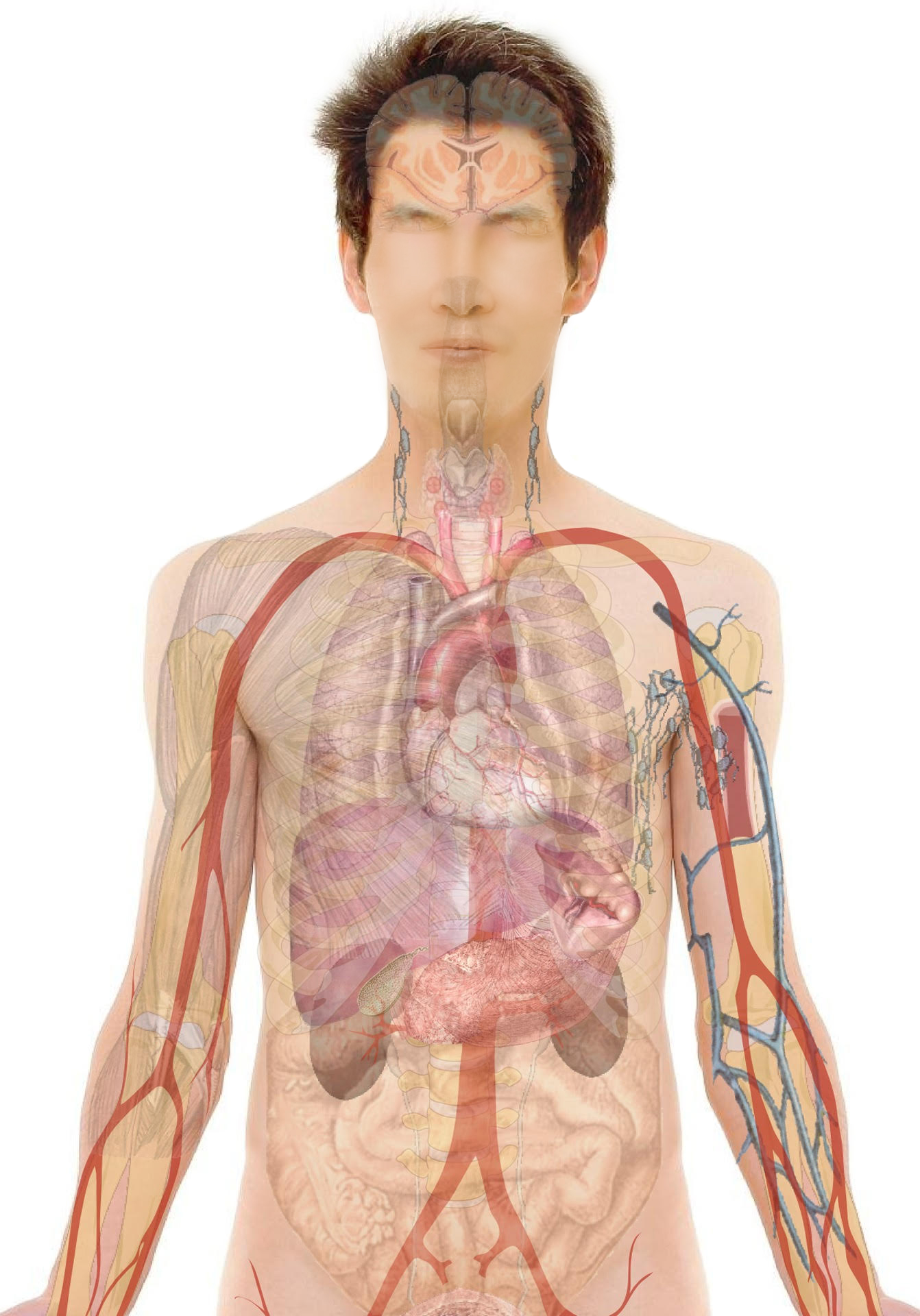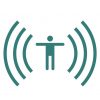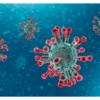Definition and Causes:
An irresistible urge to move lower extremities that are often triggered by lying down and/or relaxation and associated with sensory symptoms including prickling, throbbing and pulling sensations, and temporarily relieved by physical activity (walking). RLS may lead to sleep disturbance, daytime fatigue, and exhaustion.
Causes:
Underlying cause is unknown but may have a genetic component.
RLS has also been reported with:
- Pregnancy/obesity
- Iron deficiency
- Chronic illnesses (e.g. diabetes, renal failure)
- Caffeine and excessive alcohol consumption
- Some medications (e.g. cimetidine, certain antidepressants)
Symptoms:
An uncomfortable sensation in legs, especially when sitting or lying down, accompanied by an urge to move the affected limb. These sensations do not affect the arms, trunk, or head. Usually affects both limbs; sometimes may it occur in one limb.
Symptoms include the following:
- Discomfort in legs at rest
- Deep irresistible urge to move legs (tossing, leg jerking/flexing, walking/bicycling movements, or turning in bed)
- Sensation of pins and pricks as well as insects crawling on legs, or itchiness
- Symptoms relieved by rubbing legs, sitting up and stepping onto the floor
- Symptoms often begin in the evening/night and finish by the next morning. However, may occur during the day time in some individuals
RLS can occur more than twice a week, resulting in interruption of sleep and impairment of daytime activities.
Investigations and Treatment:
There are no specific investigations for RLS.
Diagnosis is usually made on the basis of characteristic symptoms, and normal physical /neurological examination.
Four key criteria are considered in the diagnosis:
- Symptoms that are worse at night and are absent or negligible in the morning
- A strong need or urge to move the affected limb(s), often associated with numbness and other abnormal sensations
- Symptoms triggered by rest, relaxation, or sleep
- Relieved with movement
Note: Diagnosing RLS in children is difficult, since it may be hard for a child to describe what the actual problem is, and how frequently it occurs, and sometimes may lead to misdiagnosis.
History:
Doctors will inquire about:
- Whether the patient has other medical conditions (e.g. diabetes)
- Current medications (if any)
- Family medical history, including RLS
- Severity and intensity of symptoms
- Location /frequency/duration
- Pattern of the symptoms; in relation to day and night
- Tendency to fall asleep during the day
Physical exam might include:
- Blood pressure, heart rate, temperature and a neurological examination
Investigations:
Laboratory tests may be performed to rule out other conditions
Labs:
- Complete blood count
- Vitamin B12
- Folic acid
CT scan (brain): Often not required as this test is usually normal in RLS. However, it may be requested if the treating physician wants to exclude other causes of abnormal movements.
Sleep study (polysomnography): Records brain waves, heart rate, breathing, and leg movements during sleep. It is useful to identify the presence of other causes of sleep disruption (e.g., sleep apnea)
TREATMENT:
The treatment is directed towards relieving the symptoms. Sometimes it is controlled by treating an associated condition (e.g. diabetes).
Mild to moderate symptoms can be controlled without the use of medications and include:
Lifestyle changes:
- Decrease the use of alcohol, tobacco, and caffeine
- Proper dietary intake of vitamins and iron to avoid deficiency
- Hot baths prior to going to bed
- Mild to moderate exercises
- Using hot packs and/or ice packs
- Maintaining proper sleep routine
Medications are usually helpful but no single medication effectively manages RLS in all patients. Trials of different drugs may be necessary. In addition, medications taken regularly may lose their effect over time, making it necessary to change medications periodically.

Risk Factors and Prevention:
- There are no known risk factors
- A persistent problem; adoption of certain strategies, may control the symptoms, but nothing to prevents it
Outcome:
- Near-complete relief of symptoms is achieved with medication
- May progress with the age, but there are always periods of remission in which symptoms disappear for days to months








